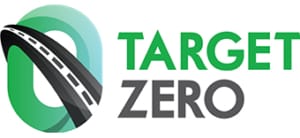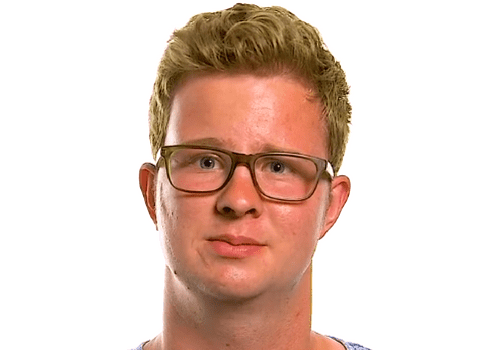 *“I had to learn how to swallow my own food. I had to learn how to walk. I thought, what in the world? I thought I had everything put together. I had a scholarship to be a firefighter. I was going to be set.”*
*“I had to learn how to swallow my own food. I had to learn how to walk. I thought, what in the world? I thought I had everything put together. I had a scholarship to be a firefighter. I was going to be set.”*
Jack Fletcher was hit by a drunk driver. His story is compelling and it taps into our fears. We all have young men like Jack in our families and in our lives.
A successful PR educational campaign is one that employs storytelling to deliver its message. Storytelling is ingrained in us, it’s a universal human trait. Theorist Anne Pellowski, in her scholarly analysis of storytelling called “The World of Storytelling,” writes that while storytelling may have been used to entertain throughout the ages, stories gradually became used to educate audiences. Storytelling can help explain and express strong emotions and experiences in memorable, long-lasting ways.
So when we see Jack on the screen or behind a podium, telling his story about how a drunk driver forever changed his life, we feel strong emotions for Jack, and those feelings may move us toward changing our own behaviors, so that we don’t make a mistake that will cause this kind of suffering to someone else.
**How to find the story tellers**
One of the challenges in public relations is finding the people like Jack
behind the stories. Many people who have intensely personal experiences want to share them, as a way to heal, to educate and to memorialize their loved ones. We just need to find ways to open the door, giving them the opportunity. Here are a few tips on how to find the people behind the stories:
1. Using your social media channels, ask for volunteers to share their stories with you. A simple message can be: “Are you a victim of an impaired driver or did you have a loved one injured or killed by an impaired driver? Perhaps you’ve driven impaired and were involved in a crash? Would you like to share your story to help educate others? Please contact us.”
2. Your partners — police, fire fighters, hospitals — are sources where you may find story tellers who want to make a difference. People/departments to contact include public relations/public information officers, victim’s assistance representatives, social services workers, stress counselors and clergy. Local government social services and victim assistance offices are good resources, as well. The people who work in these offices know their clients, and will help guide you to those who might be interested in telling their story.
3. These partners and local government offices also have lists of victim support groups, such as MADD. Support/advocacy groups frequently use story tellers in their outreach, and they are a good source to find those who want to share their stories.
4. If you find a person who wishes to share their story, don’t forget to have them sign a permission form that allows you to use their story publicly, in print, in photos and video. You can find a public relations permission form here. (ADD LINK)
5. If you are making a speaking engagement, distribute an “ask card.” This simply asks anyone who has a first-hand experience they would like to share to contact you.
**How to use the stories**
Once you’ve found your story tellers, here are a few tips on how to use their stories:
1. Ask them to tell their story on video, and use it on your social media channels and in your speaking engagements. The video should be brief, only 1-2 minutes.
2. Take their photo and write their story to share on your social media channels like Facebook and Instagram. Write a short blurb for Facebook and link to the fuller story – or better yet, post their video directly on your Facebook page.
3. Invite them to join you at a speaking engagement.
4. Your local news media need people to create their stories, both victims and experts. When there is an incident, they often need people to interview who have first-hand experience and who can offer traffic safety expertise. You can give them both. Reach out to local reporters to introduce yourself, and let them know of the resources you have available. For television, contact your local television station’s assignment desk; for print, contact the newspaper’s editor; and radio, contact the news director.


